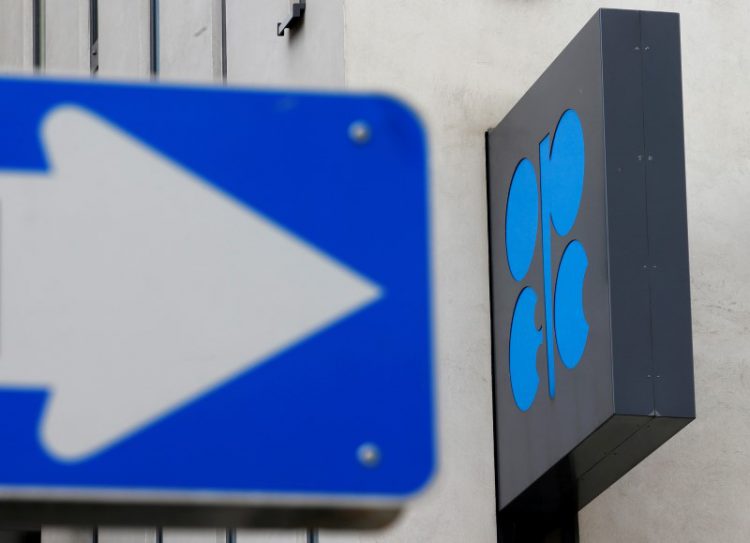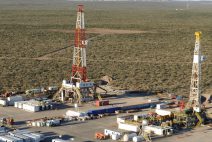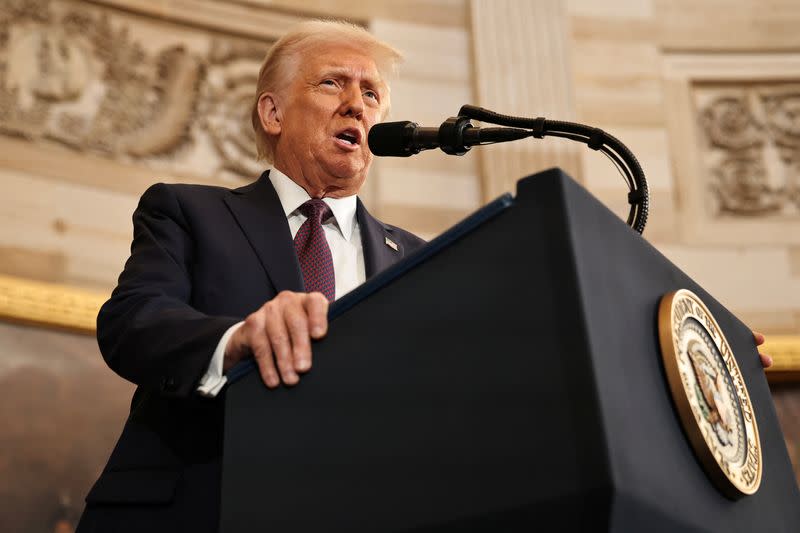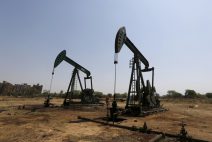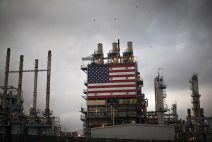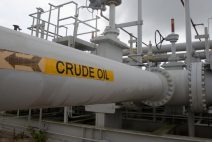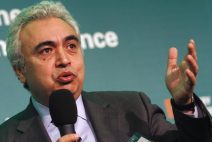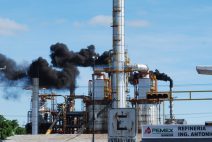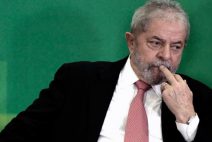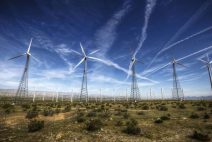Oil demand will grow sharply in the next few years as economies recover from the pandemic, OPEC forecast on Tuesday, adding that the world needs to keep investing in production to avert a crunch despite an energy transition.
The view from the Organization of the Petroleum Exporting Countries contrasts with that of the International Energy Agency, which in a May report said investors should not fund new oil projects if the world wants to reach net zero emissions.
Oil use will rise by 1.7 million barrels per day in 2023 to 101.6 million bpd, OPEC said its 2021 World Oil Outlook, adding to robust growth already predicted for 2021 and 2022, and pushing demand back above the pre-pandemic 2019 rate.
"Energy and oil demand have picked up significantly in 2021 after the massive drop in 2020," OPEC Secretary General Mohammad Barkindo wrote in the foreword to the report. "Continued expansion is forecast for the longer term."
With oil demand recovering, OPEC and its allies such as Russia - a grouping known as OPEC+ - are unwinding record supply cuts made last year. But there are signs some OPEC+ producers are unable to pump more due in part to a lack of investment, and that has boosted prices.
OPEC also lowered its estimates for longer-term oil demand, citing changes to consumer behaviour brought about by the pandemic and competition from electric cars. Global demand is expected to plateau after 2035, the report said.
Last year's report said world oil demand would exceed 2019's rate in 2022, not 2023. Now demand is expected to reach 106.6 million bpd in 2030, down 600,000 bpd from last year's figure and 11 million bpd lower than OPEC's view in 2007 of what 2030 demand would be.
